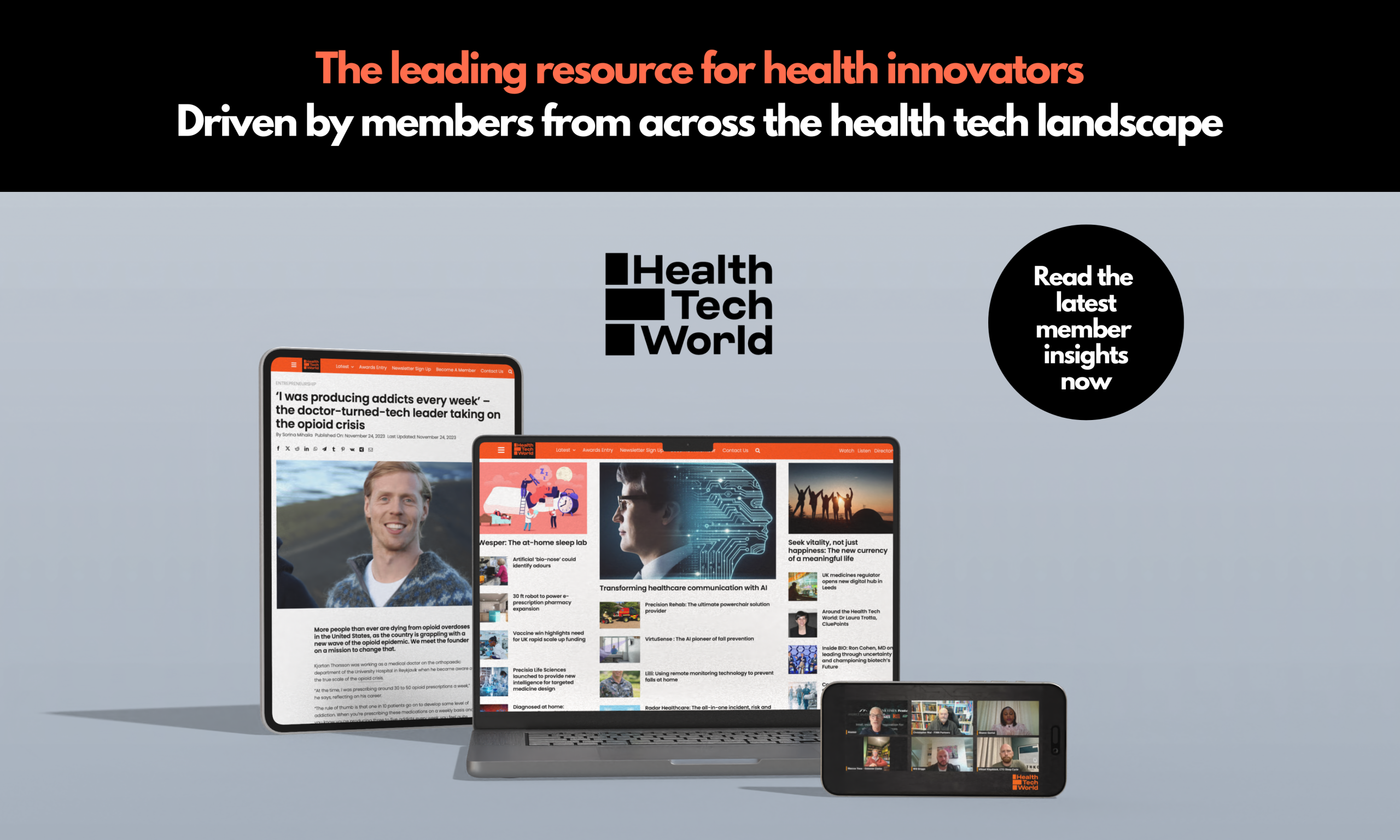Pinprick tests could predict disease 10 years before symptoms

New pinprick blood tests could detect early signs of disease more than 10 years before symptoms appear, following analysis of samples from 500,000 people.
The tests are being developed after researchers completed measurements of nearly 250 different proteins, sugars, fats and other compounds in blood collected from half a million volunteers.
These molecular profiles provide detailed snapshots of each person’s physiology that, when combined with medical records and death registries, can predict the risk of conditions including diabetes, heart disease, cancer and dementia.
Metabolites are molecules produced when the body breaks down food, drink and medicines, or when organs use energy and build tissues.
Changes in these metabolic profiles can reflect and drive disease processes years before clinical symptoms emerge.
UK Biobank worked with Nightingale Health to measure hundreds of key metabolites in blood samples from 500,000 volunteers recruited since 2006.
The profiles include amino acids, fats, hormone precursors and waste products such as urea.
“It’s going to be a real gamechanger for our work,” said Dr Joy Edwards-Hicks at the University of Edinburgh, who studies how blood metabolite changes affect the immune system.
“It fits with the model of prevention that we are moving towards, to be able to send off a little pinprick blood sample and get an idea of your health.
“If we have early predictors of disease, we can tell someone in their 40s that their biomarkers are not looking good for their age and advise on changes they could make.”
When organs stop functioning properly, metabolic profiles shift in characteristic ways. A diseased liver can increase ammonia levels, damaged kidneys can raise urea and creatinine, muscle damage appears as elevated lactate, and cancer increases glucose uptake.
The comprehensive picture from metabolic profiles reflects both genetic predisposition and environmental factors including diet, exercise, pollution exposure and stress levels.
“These metabolic profiles capture all of the genetic predisposition and the downstream consequences of that, as well as the environmental exposures, so it gives us a snapshot of a person’s physiological state,” said Dr Julian Mutz at King’s College London.
“It’s also highly dynamic, whereas genetics, for example, is fixed.”
Having profiles for 500,000 volunteers enables researchers to develop tests that detect early disease signs more reliably and for a broader range of conditions than previously possible.
Dr Mutz uses metabolic profiles to predict dementia risk.
If tests can reveal increased risk 10 to 15 years in advance, doctors could intervene early to help patients reduce their odds of developing the condition.
The new data should advance prediction of rarer neurodegenerative diseases, such as frontotemporal dementia.
Dr Najaf Amin, a molecular epidemiologist at the University of Oxford, had early access to the 500,000 profiles.
The data revealed differences in how males and females age and develop age-related diseases including cancer.
“We are now going to dive further into the use of medications among males and females,” she said.
The research may reveal whether and how a person’s sex affects medication effectiveness.
Prof Naomi Allen, chief scientist at UK Biobank, said: “Studying metabolites is a powerful way to unveil new warning signs of disease, understand how illnesses start and evolve, and track how well treatments are working.”







